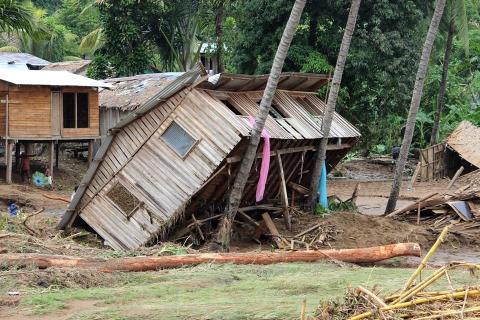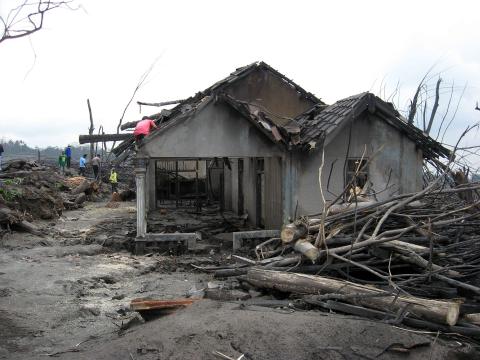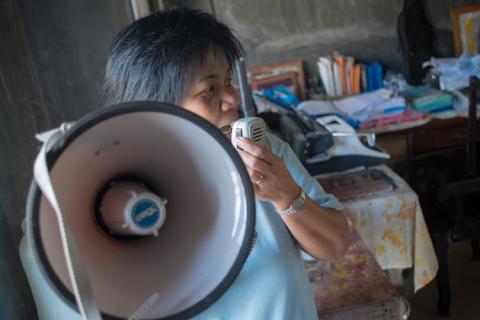Volunteers in health – Prisons in Ireland and a village in Timor Leste | Irish Red Cross
Ireland is the first country in the world to introduce Community Based Health and First Aid (CBHFA) in Action through groups of special status Irish Red Cross Volunteer Inmates in a prison setting. The programme operates under a partnership between the Irish Red Cross, Irish Prison Service and Education Training Boards (formally known as the […]
Volunteers in health – Prisons in Ireland and a village in Timor Leste | Irish Red Cross Read More »



